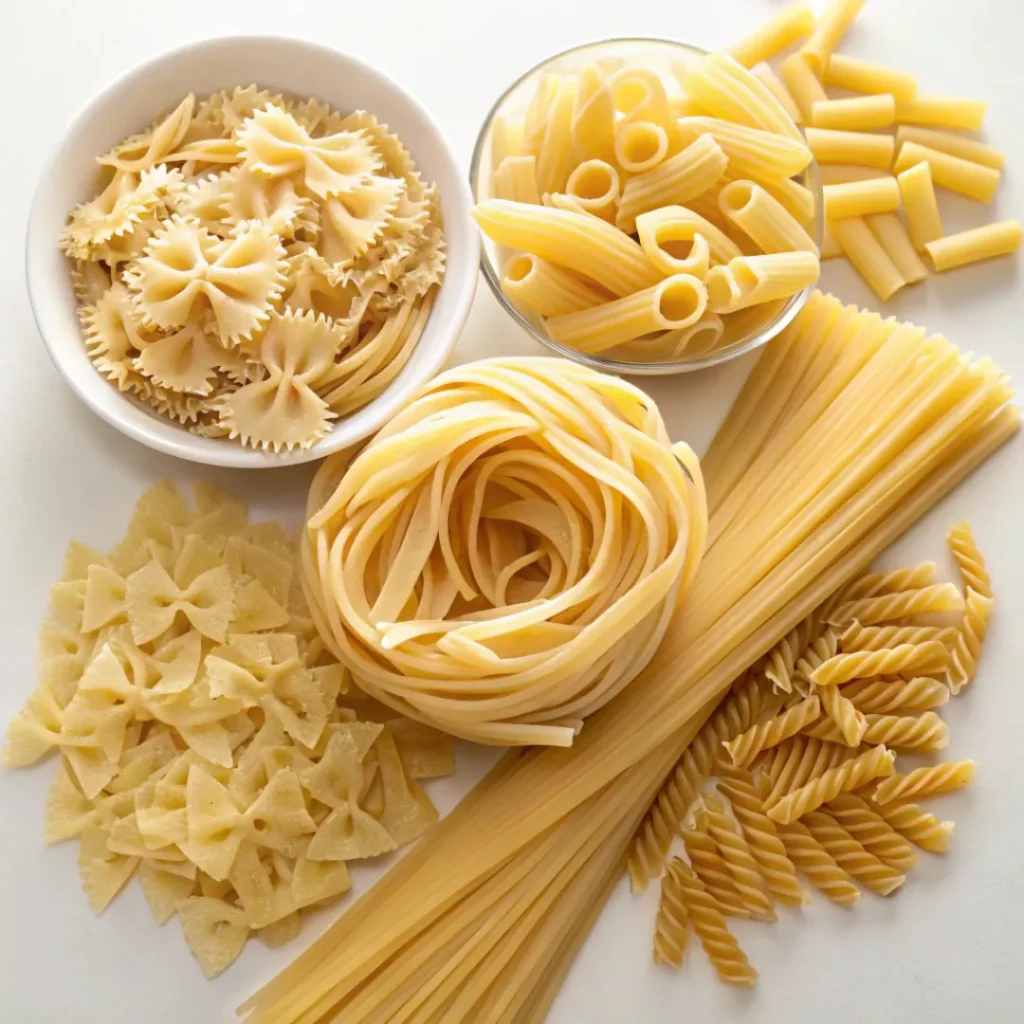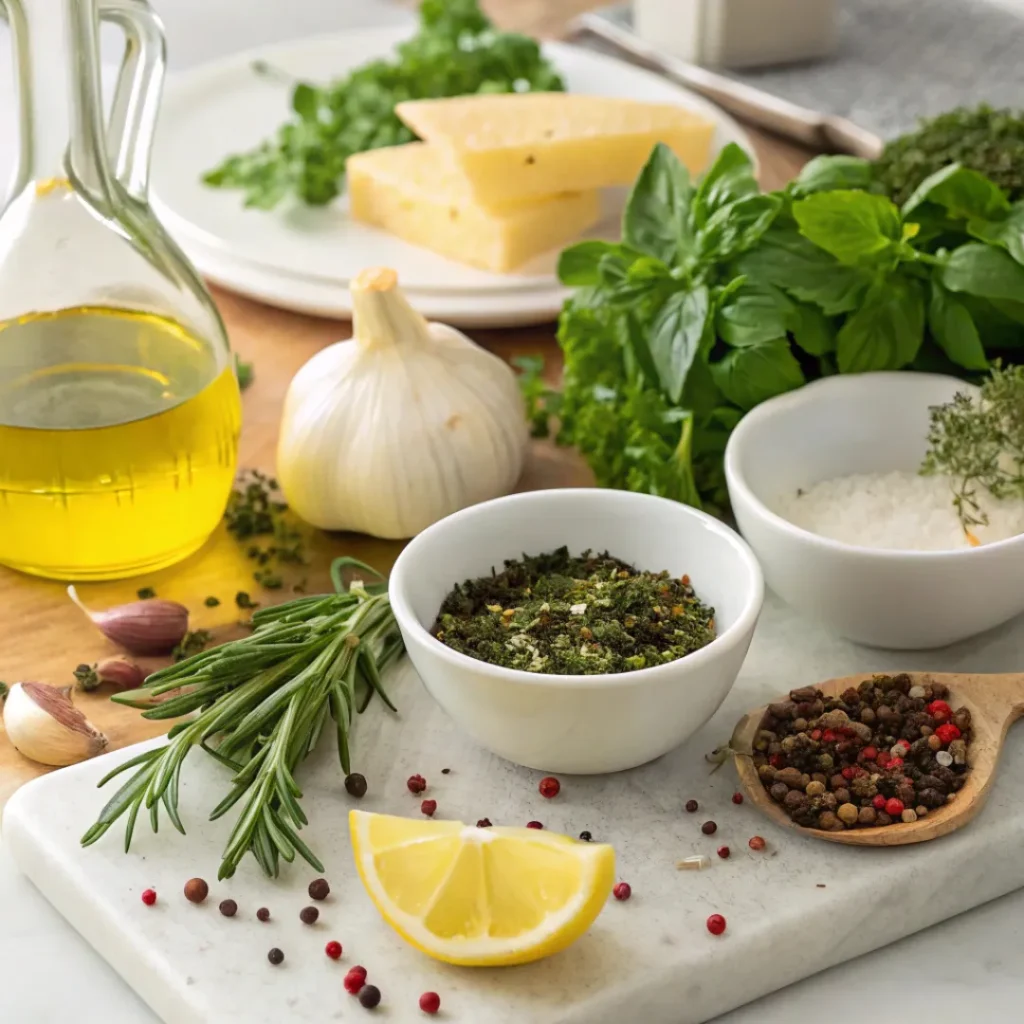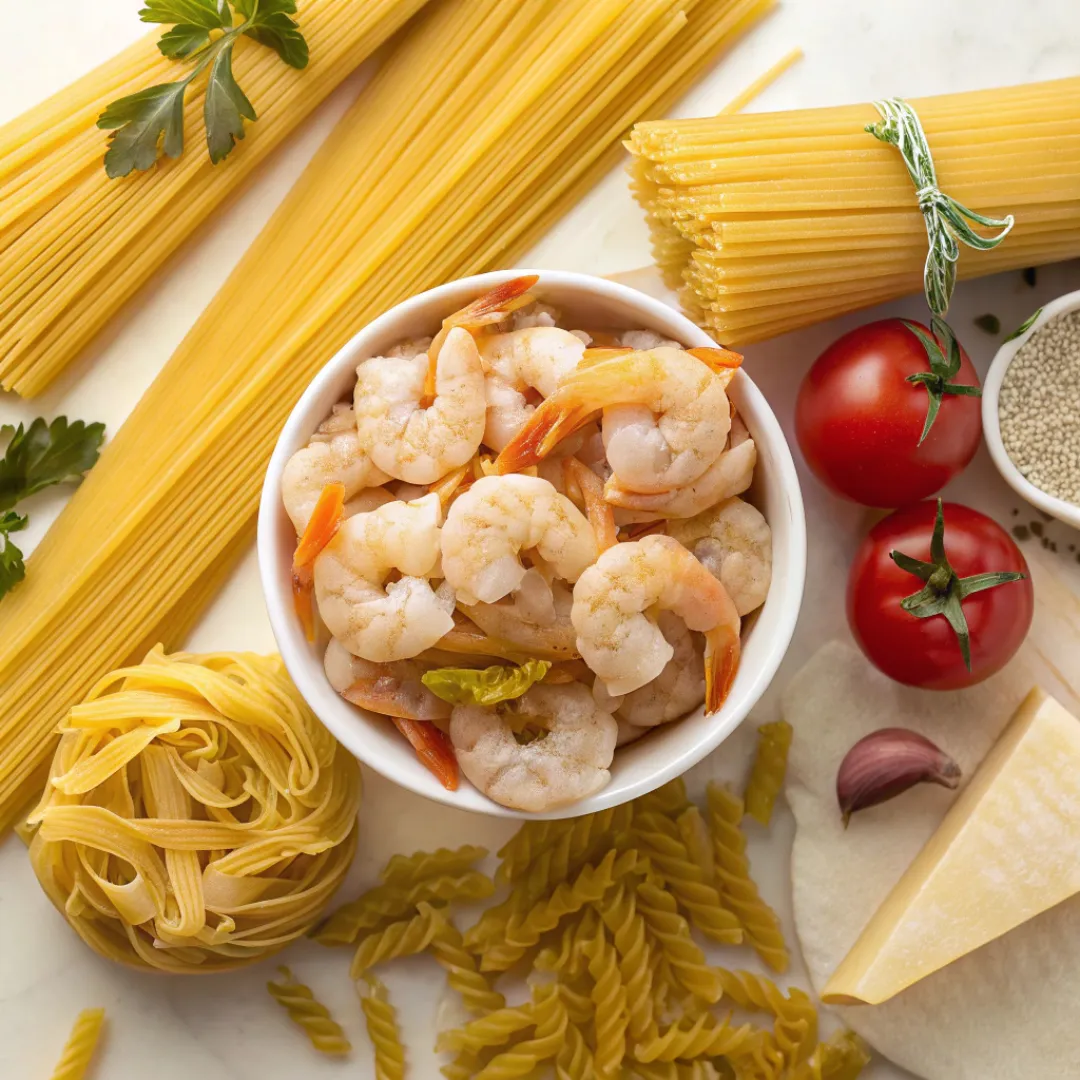Pairing shrimp with pasta is a classic culinary combination that has delighted food lovers worldwide for generations. So, can you eat shrimp with pasta? Absolutely! The tender texture of pasta complements the delicate sweetness and savory flavor of shrimp, making it a perfect match for various sauces, herbs, and spices. From creamy Alfredo to spicy Cajun dishes, shrimp pasta offers endless delicious possibilities and is popular for both quick dinners and elegant meals.
In this comprehensive guide, we’ll dive into everything you need to know about eating shrimp with pasta. We’ll explore the flavors that make shrimp and pasta a great pairing, offer some mouthwatering recipe ideas, and discuss tips for preparing and cooking shrimp for pasta dishes. Whether you’re a seasoned chef or a beginner in the kitchen, this guide will equip you with the knowledge to create delicious shrimp pasta meals that are sure to please.
Health Benefits of Eating Shrimp with Pasta
Not only is shrimp with pasta delicious, but it also has nutritional benefits. When you eat shrimp with pasta, you’re enjoying a balanced meal that provides both protein and carbohydrates. Here’s why combining shrimp and pasta can be a healthy choice:
Nutritional Benefits of Shrimp
High in Protein
Shrimp is an excellent source of lean protein, which supports muscle health and metabolism.
Low in Calories
Despite its rich flavor, shrimp is low in calories, making it ideal for those looking to enjoy a filling meal without overindulging.
Rich in Essential Nutrients
Shrimp provides key nutrients like vitamin B12, selenium, and iodine, essential for immune function and energy.
Benefits of Different Types of Pasta
Whole Wheat Pasta
Offers more fiber, which aids digestion and promotes satiety.
Vegetable-Based Pasta
Provides vitamins and minerals from added vegetables.
Gluten-Free Pasta
For those with gluten sensitivity, gluten-free pasta varieties allow everyone to enjoy shrimp pasta.
Together, shrimp and pasta create a balanced meal that provides both protein and carbohydrates, fueling the body for daily activities and supporting overall health.
Choosing the Right Pasta for Shrimp Dishes
The next question might be, “what types of pasta are best to eat with shrimp?” Different pasta shapes hold sauces in unique ways, enhancing flavors and textures when paired with shrimp:

Fettuccine
This wide, flat pasta is perfect for creamy shrimp pasta dishes like Alfredo, as it holds sauce well.
Spaghetti
A classic choice that pairs well with light garlic and olive oil sauces, allowing the shrimp to take center stage.
Linguine
Similar to spaghetti but slightly flatter, linguine is ideal for dishes with thicker sauces, such as tomato-based or pesto shrimp pasta.
Penne and Rigatoni
These tubular pastas are great for shrimp pasta recipes with chunky vegetables or creamy sauces.
Each pasta shape brings its own character to shrimp dishes, enhancing the flavors and textures in unique ways.
Exploring Popular Shrimp Pasta Recipes Worldwide
If you’re still curious about how you can eat shrimp with pasta, consider these popular dishes from around the globe:
Shrimp Scampi (Italy)
This classic Italian-American dish features shrimp in a garlic and butter sauce, often served over linguine.
Cajun Shrimp Pasta (USA)
Known for its bold spices, Cajun shrimp pasta combines Cajun seasonings with cream for a spicy, creamy dish.
Gambas al Ajillo Pasta (Spain)
This Spanish-inspired dish includes shrimp sautéed with garlic and paprika, tossed with pasta for a flavorful experience.
Creamy Garlic Shrimp Pasta
Popular globally, this dish uses garlic, cream, and parmesan to create a rich sauce that perfectly complements the shrimp and pasta.
Each variation has a unique flavor profile, making shrimp pasta a versatile and exciting dish to explore.
Essential Ingredients for a Delicious Shrimp Pasta
Creating the perfect shrimp pasta dish relies on a few key ingredients. When you eat shrimp with pasta, adding fresh herbs, spices, and citrus can enhance both the shrimp’s natural flavors and the overall taste of the dish.

Olive Oil and Garlic
Olive oil provides a light base, while garlic adds depth and a rich aroma.
Fresh Herbs
Parsley, basil, and thyme add freshness and color to shrimp pasta dishes.
Lemon Juice
Adds brightness, balancing the richness of sauces and complementing the natural sweetness of shrimp.
Seasonings
Common seasonings like black pepper, paprika, red pepper flakes, and Italian seasoning enhance the dish’s flavor.
Parmesan Cheese
A sprinkle of parmesan gives a delicious finish to many shrimp pasta dishes.
These ingredients enhance shrimp’s delicate taste while providing richness and balance.
Tips for Choosing Fresh Shrimp
For a delicious meal, start with fresh shrimp. Can you eat shrimp with pasta if it isn’t fresh? It’s best to use high-quality shrimp for maximum flavor and texture.
Look for Firm, Translucent Flesh
Fresh shrimp should have a firm texture and a translucent, slightly pinkish appearance.
Avoid Strong Odors
Shrimp should have a mild, sea-like smell. A strong, fishy odor is a sign of spoilage.
Choose Shell-On Shrimp When Possible
Shell-on shrimp retain more flavor and moisture during cooking.
Choosing quality shrimp will elevate the taste and texture of your pasta dish.
For more guidance on selecting shrimp, check out this comprehensive guide to picking fresh shrimp by Serious Eats. This resource provides detailed insights into shrimp varieties, freshness, and quality indicators.
Perfect Cooking Techniques for Shrimp Pasta
Preparing shrimp is essential for a great pasta experience. When you clean and devein shrimp properly, it enhances the enjoyment of eating shrimp with pasta.
Peel and Devein
Removing the shell and vein creates a cleaner, more flavorful presentation.
Rinse and Dry
Rinse shrimp in cold water and pat dry with a paper towel.
Marinate Lightly
If desired, marinate shrimp in a mixture of lemon juice, garlic, and olive oil for 15-30 minutes to add flavor.
These steps ensure your shrimp is ready to cook to perfection.
Cooking Techniques for Shrimp Pasta
When cooking shrimp pasta, the right technique is crucial to create tender, flavorful shrimp. Here’s how you can get the best results and fully enjoy shrimp with pasta:
Sautéing
A quick, effective method that browns the shrimp slightly and locks in flavor. Sauté shrimp in olive oil and garlic for a few minutes until pink.
Grilling
Grilled shrimp adds a smoky flavor, great for summer shrimp pasta dishes.
Broiling
Broiling caramelizes the shrimp’s exterior, creating a slightly crispy texture that contrasts nicely with creamy pasta.
Cooking shrimp properly ensures they remain tender and juicy, enhancing the overall pasta dish.
Tricks for Perfectly Cooking Pasta and Shrimp Together
Making shrimp pasta just right can be tricky, but with these tips, you’ll be able to enjoy every bite.
Cook Pasta Al Dente
Aim for slightly firm pasta, as it will hold up better when combined with the sauce and shrimp. This texture also enhances the overall mouthfeel of the dish, giving it a pleasant bite.
Season Your Pasta Water
Before cooking, add a generous amount of salt to the pasta water. This step infuses the pasta with flavor and reduces the need for additional seasoning in the final dish.
Add Shrimp at the End
Since shrimp cook very quickly, add them near the end of the cooking process. Overcooked shrimp become rubbery, so keep an eye on them to ensure they’re tender and juicy.
Save Some Pasta Water
Before draining the pasta, reserve a cup of pasta water. This starchy water can help thicken the sauce and ensure the ingredients blend smoothly.
Combine Ingredients Gently
When mixing pasta with shrimp and sauce, toss gently to prevent the pasta from breaking and to keep the shrimp intact. This also allows the sauce to coat every bite evenly, enhancing flavor distribution.
By following these tips, you’ll achieve a perfectly cooked, well-balanced shrimp pasta dish with ideal textures and flavors.
Frequently Asked Questions
Can shrimp pasta be made with gluten-free pasta?
Yes, gluten-free pasta works well. Options like rice or chickpea pasta are great choices.
How can I make a lighter shrimp pasta dish?
Use whole-wheat pasta or a vegetable-based pasta and opt for a tomato-based sauce instead of a creamy one.
Can I use frozen shrimp in pasta dishes?
Absolutely. Thaw frozen shrimp in the refrigerator before cooking to ensure even cooking.
How long does shrimp pasta last in the fridge?
Shrimp pasta lasts about 3-4 days in an airtight container in the fridge.
Conclusion
Shrimp and pasta make a delicious pairing that’s both satisfying and versatile. With a range of ingredients and methods available, creating shrimp pasta dishes is accessible for any skill level. Moreover, by following the steps and tips provided, you’ll be able to prepare shrimp pasta meals that are fresh, flavorful, and perfectly balanced. In addition, these tips will help you avoid common pitfalls, ensuring your dish comes out great every time. Whether you’re a beginner or an experienced cook, these guidelines make it easy to master shrimp pasta dishes.

